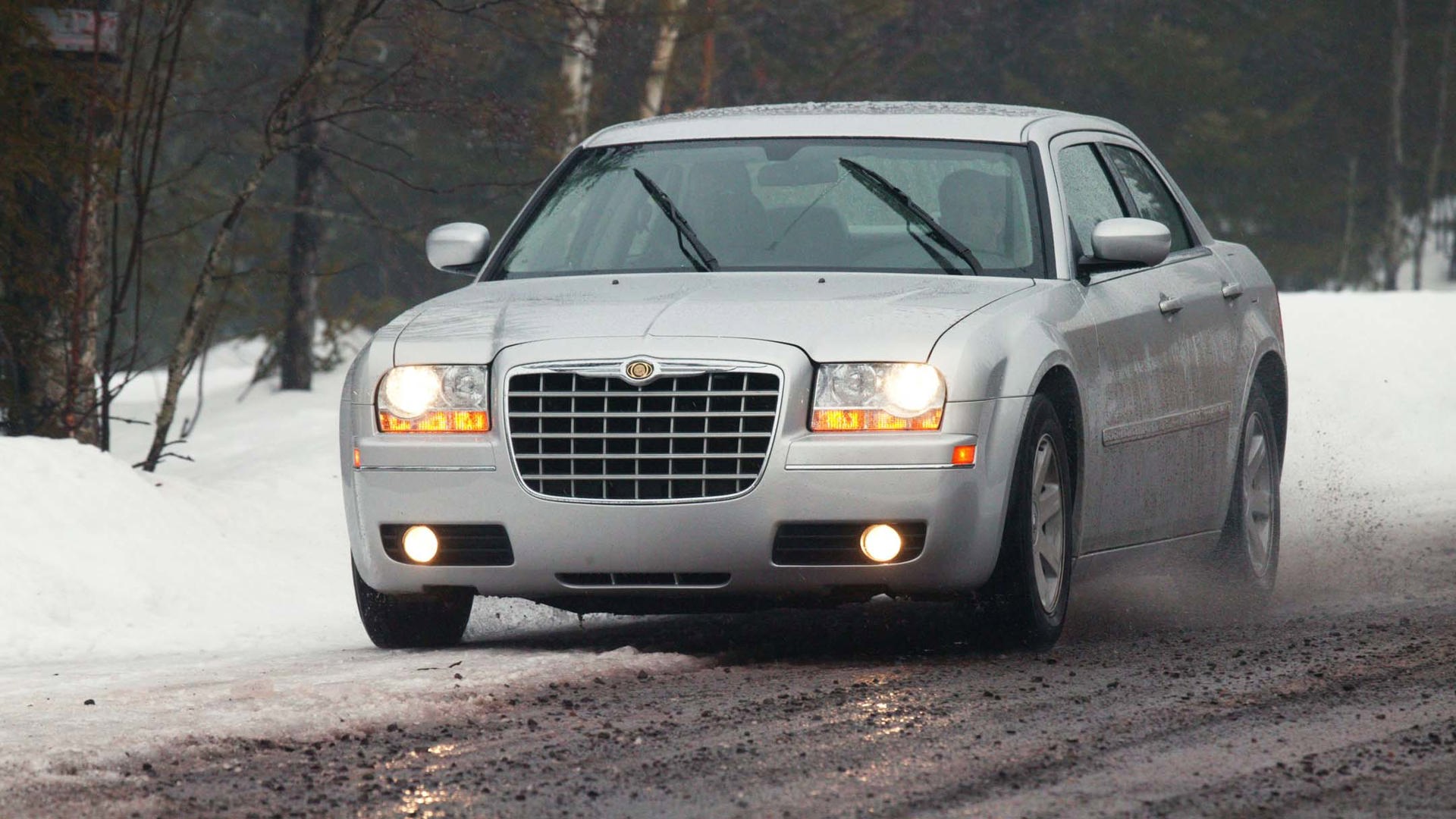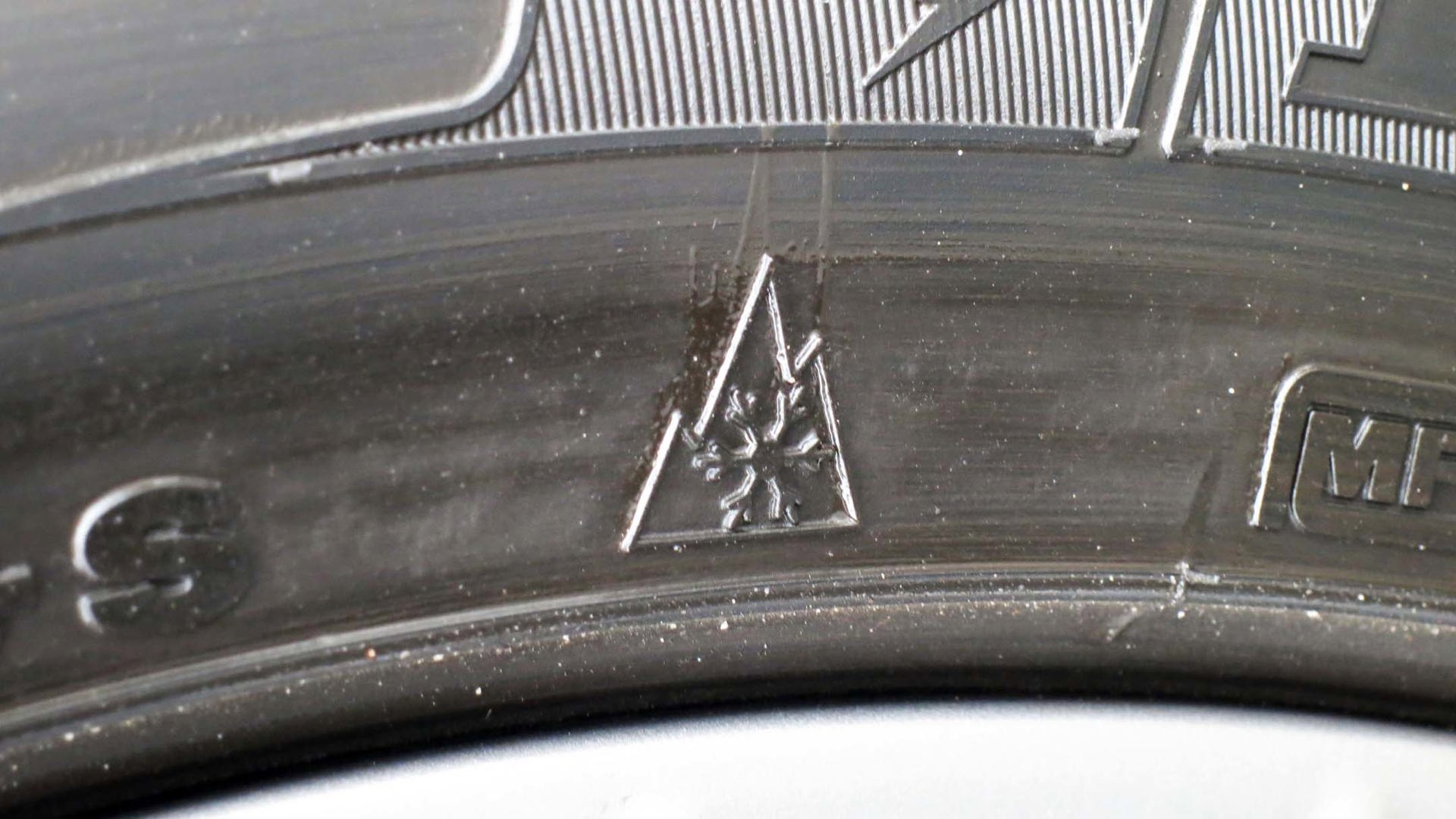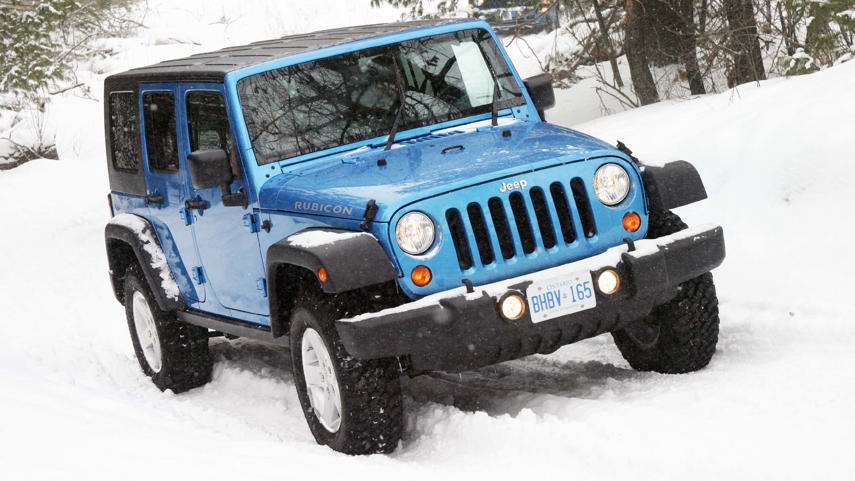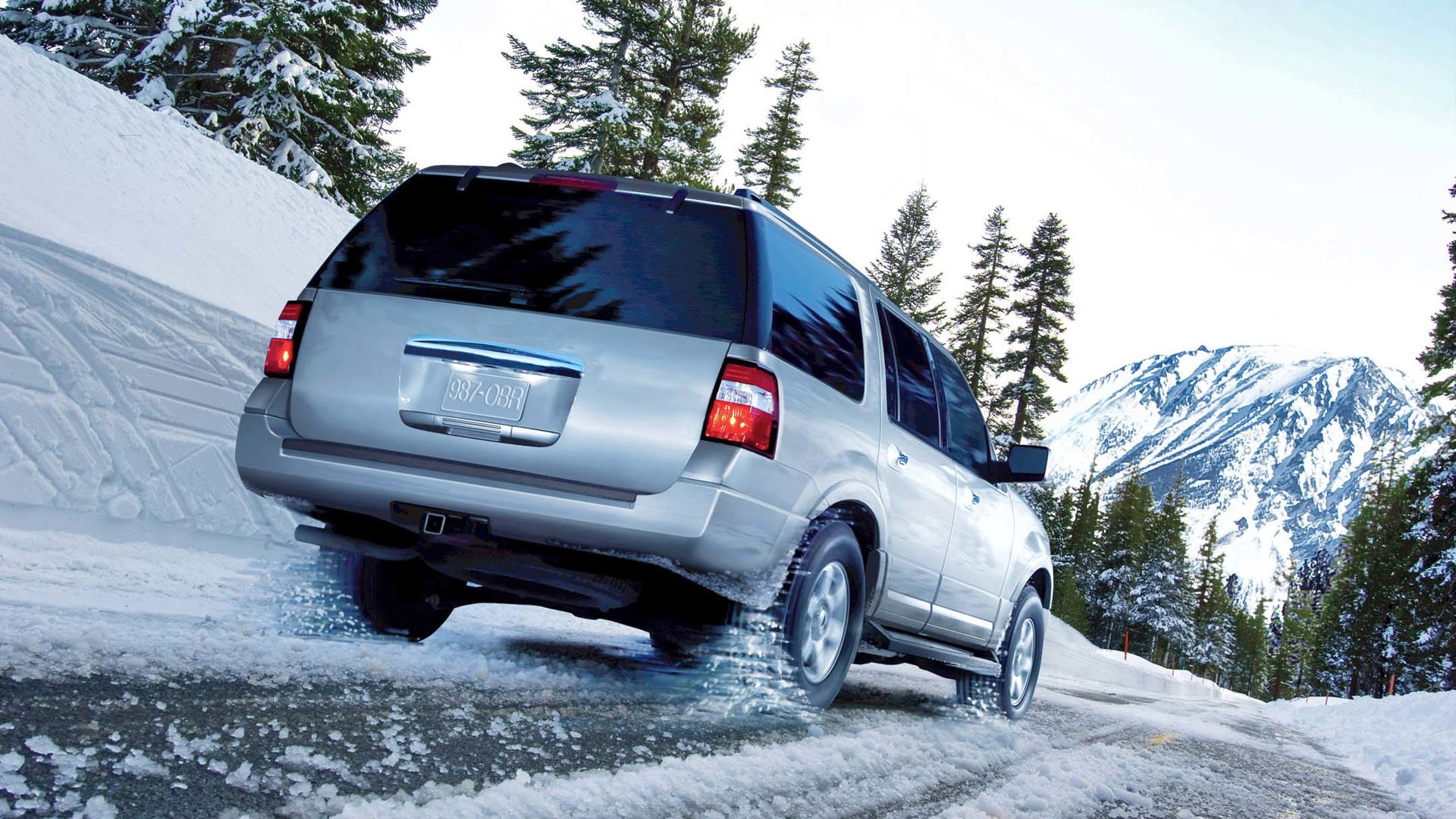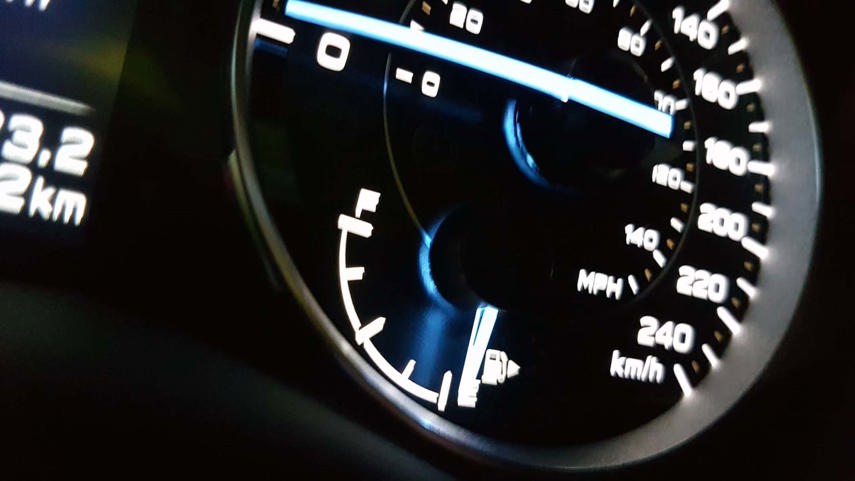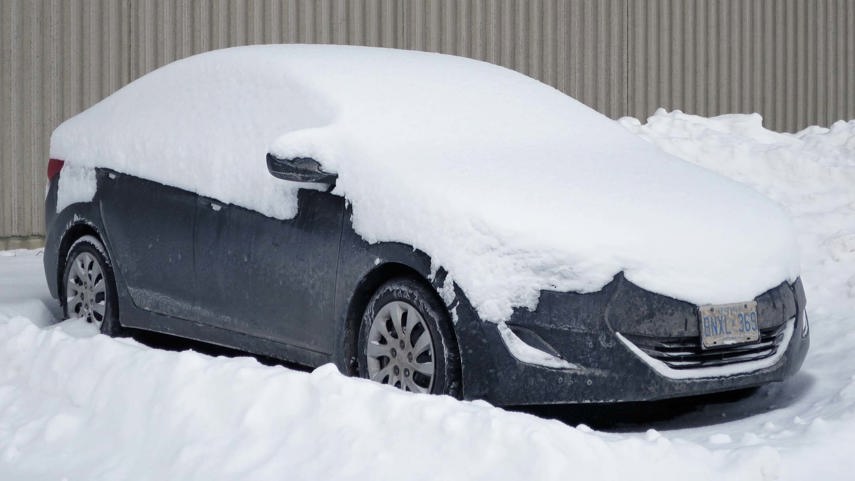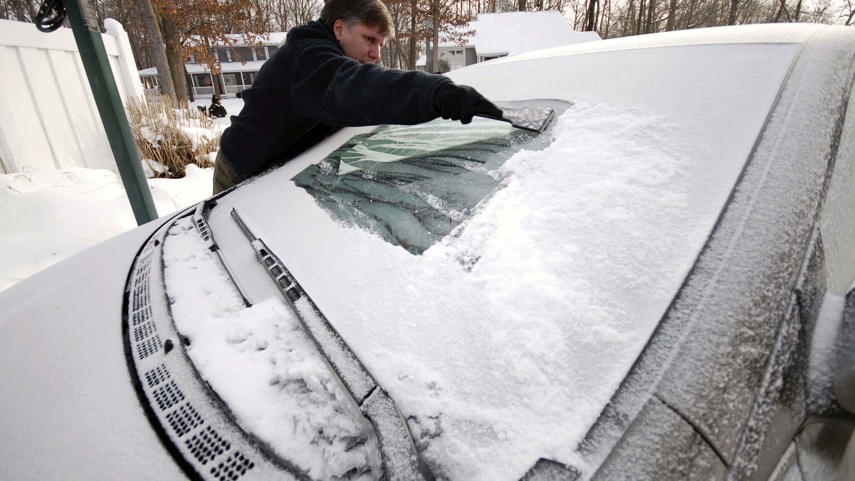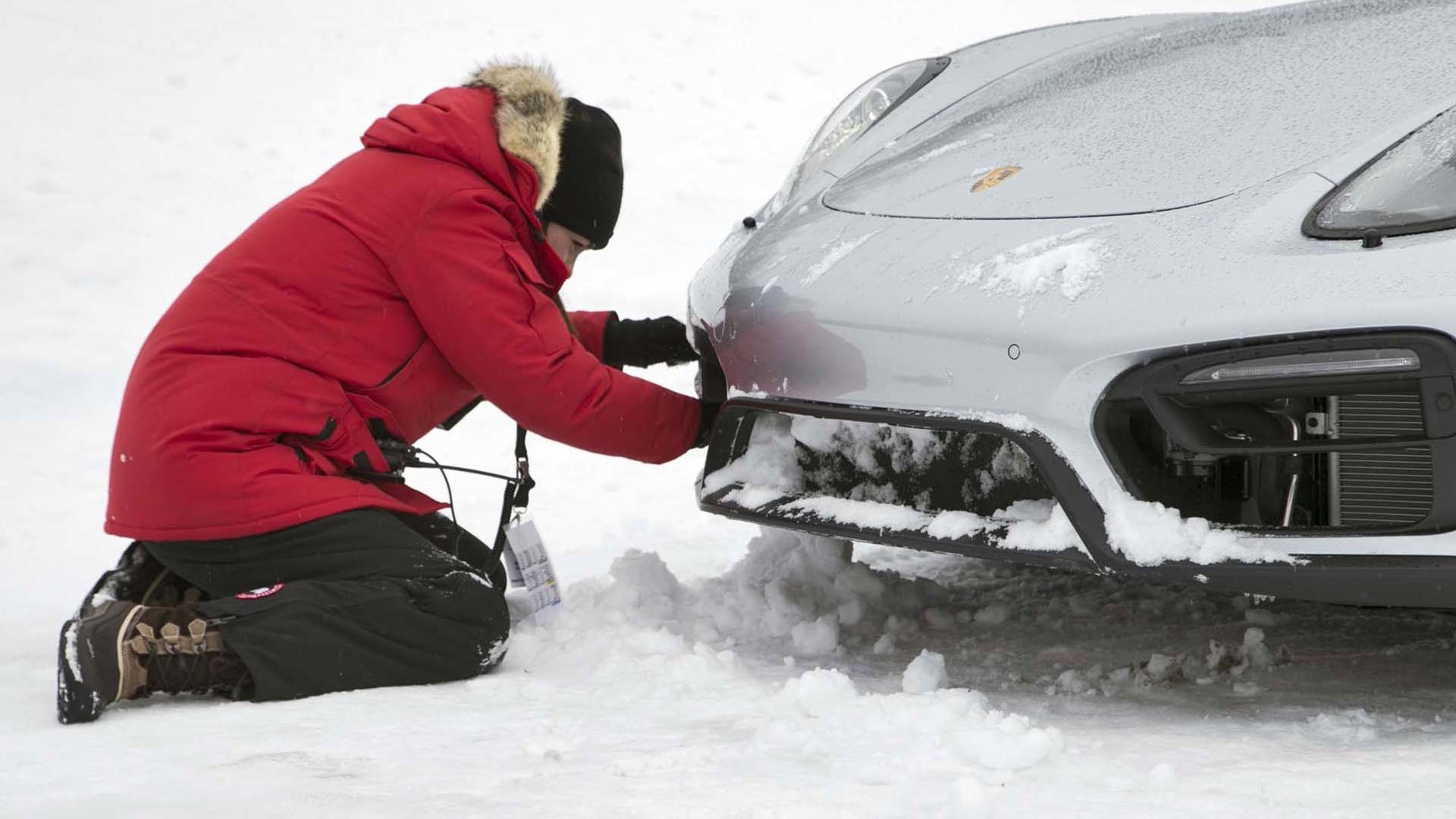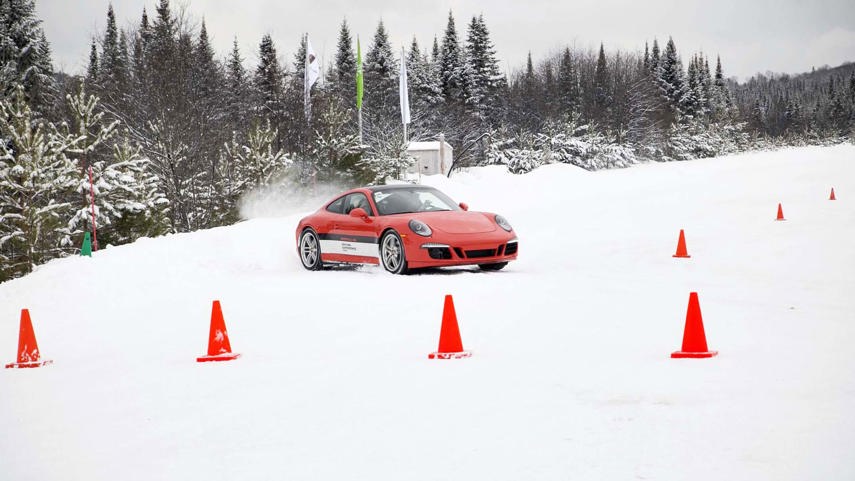Originally published on November 12, 2019.
Winter is back, and with it, far too many drivers who are a danger to themselves and others on the road. Sometimes it’s not their fault, though – they cling to myths about what it takes to drive safely when the weather doesn’t cooperate. We’ve rounded up ten of those myths, and explain why you definitely shouldn’t believe them.
1. I don’t need winter tires if the roads are usually dry.
Not every part of Canada gets a lot of snow, but they’re winter tires, not just snow tires. They have a special rubber compound that stays softer at lower temperatures than an all-season tire does, to help them grip the asphalt better. The rule of thumb is that once the mercury dips below 7°C – that’s 7 degrees above freezing – a winter-specific tire will outperform an all-season tire for grip.
Winter tires also have deep grooves to channel away slush and water, which helps prevent hydroplaning – a dangerous situation where the tire rides on top of puddles rather than on the asphalt below, which can result in loss of control. And any time it does snow, you’re ready.

2. Any tire with the “mountain and snowflake” will get me through winter just fine.
That mountain-and-snowflake logo moulded into the sidewall indicates a dedicated winter tire, or an all-weather tire – a fairly new type of all-season tire with winter-style tread, meant to be used year-round in areas that don’t get a lot of deep snow.
A tire has to meet standards to earn that logo, but unfortunately, it doesn’t have to reach very high. The industry currently compares winter and all-weather tires against a benchmark all-season tire – although that standard was set in 1999 and is considered obsolete; and since the specifications aren’t readily available, we don’t know exactly what it’s actually measuring against. A tire only has to have ten percent better traction than the benchmark in order to qualify as winter/all-weather.
Of course, many tires are considerably better than 10 percent, so look beyond just whether there’s a logo. Check online tire reviews, look for brand names, and ask for recommendations from the tire dealer. You don’t always have to shop at the top of the price scale to get a good performer, but if a tire’s super-cheap there’s a reason, and you’ll likely discover why on that first wintery day.
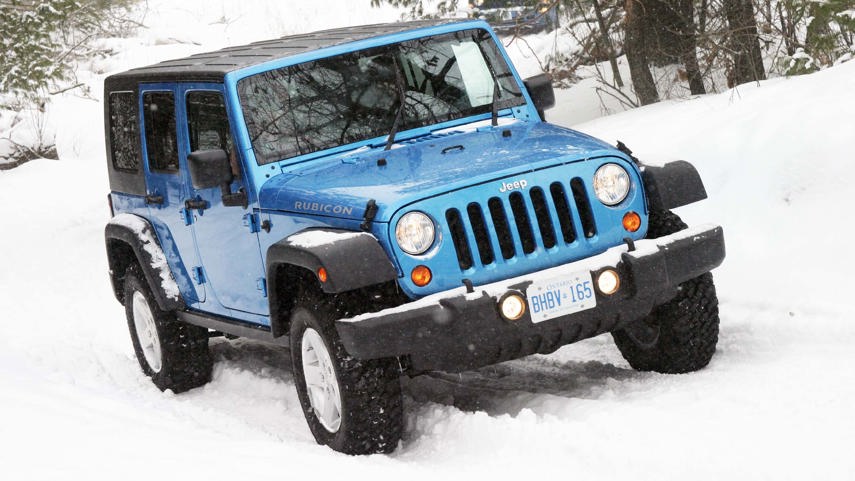
3. I have all-wheel drive – I am invincible.
All-wheel drive is very helpful for winter driving, but it’s not a special kind of magic. It can give you more traction, but it’s dependent on what’s wrapped around the rims: powering an extra set of wheels doesn’t do you a lot of good if the tires on them aren’t gripping the asphalt or biting into the snow. A two-wheel-drive vehicle wearing tires with lots of tread will do a better job than all-wheel drive on worn tires.
And while AWD can do a better job of accelerating, it won’t stop you any faster. It’s about how you drive, not just what you drive.
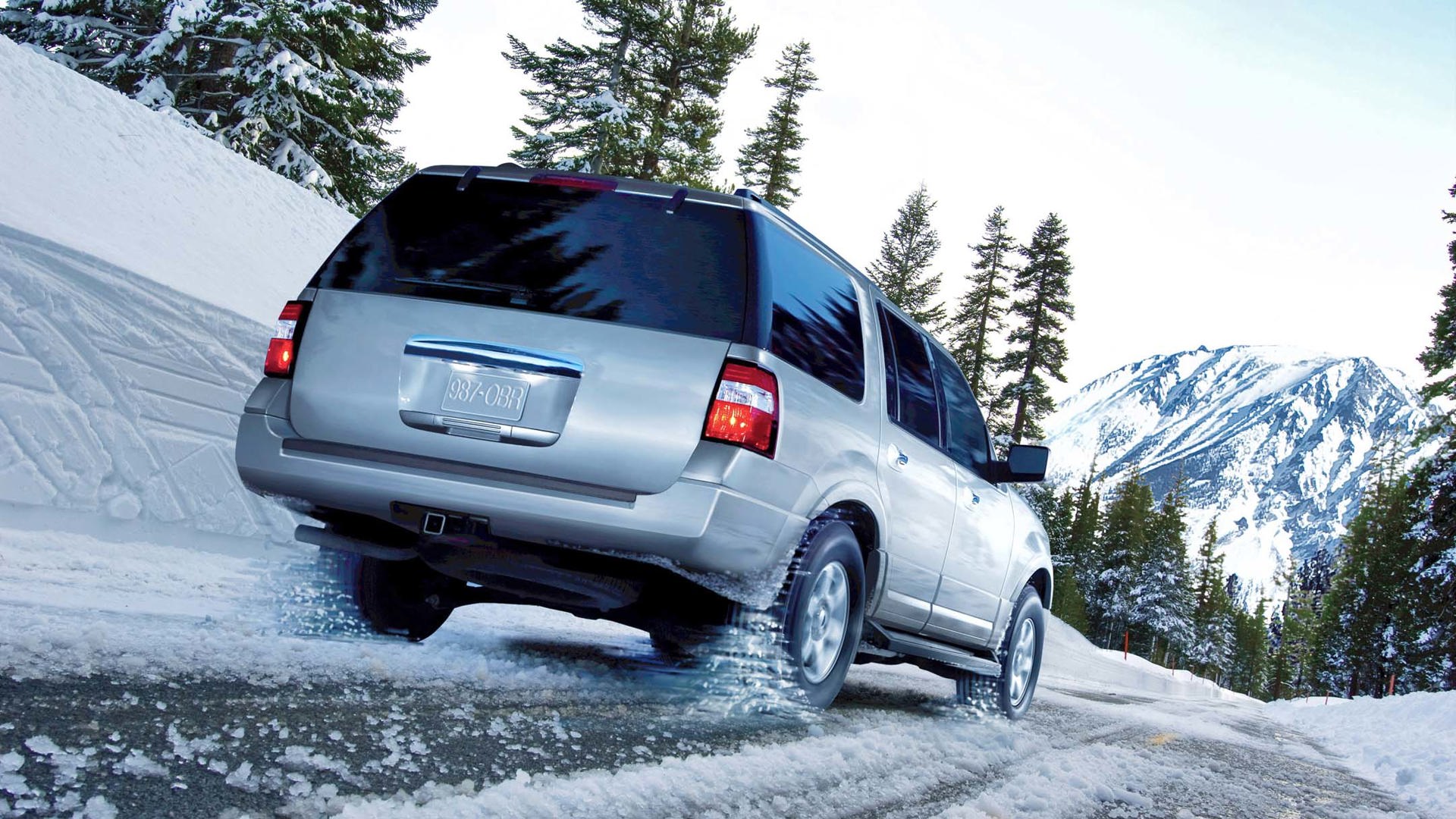
4. I can’t do anything about black ice.
It’s scary stuff, but there’s actually a lot you can do about it. It’s a thin ice film that looks black because you’re seeing the asphalt through it.
The first thing is to anticipate it. It commonly forms when the temperature is at or just above 0°C, and water freezes on the cold pavement.
Look far ahead – which is how you should be driving anyway – and be suspicious of places where it’s likely to form first. These include bridges, which can be colder than the roads; asphalt that’s in shadow, such as from trees or buildings; and areas where the sun is melting snow on the side of the road but the air is cold. Look for sections of asphalt that look different, perhaps a darker or glossy appearance.
If you’re on black ice, don’t hit the brakes; instead, gradually let off the throttle, and steer as little as possible. If you avoid sudden changes in speed or direction, you may be able to get safely across it and onto bare asphalt again.
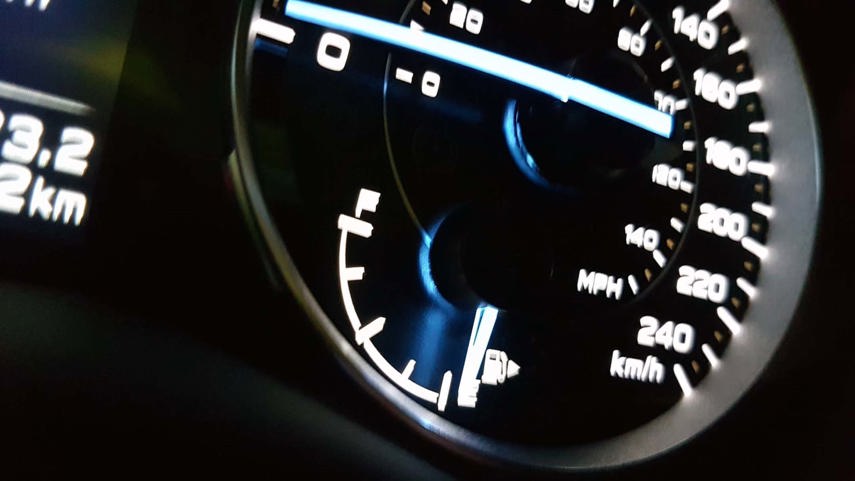
5. I have enough gas to get there.
What’s usually enough for your commute might not get it done if the weather turns sour. A half-hour trip can turn into a couple of hours in a storm, and if it’s bad enough that the power’s out, gas pumps won’t operate.
Running low on gas isn’t just an inconvenience. The fuel pump is cooled by the gasoline, and keeping the tank very low can lead to premature pump wear.
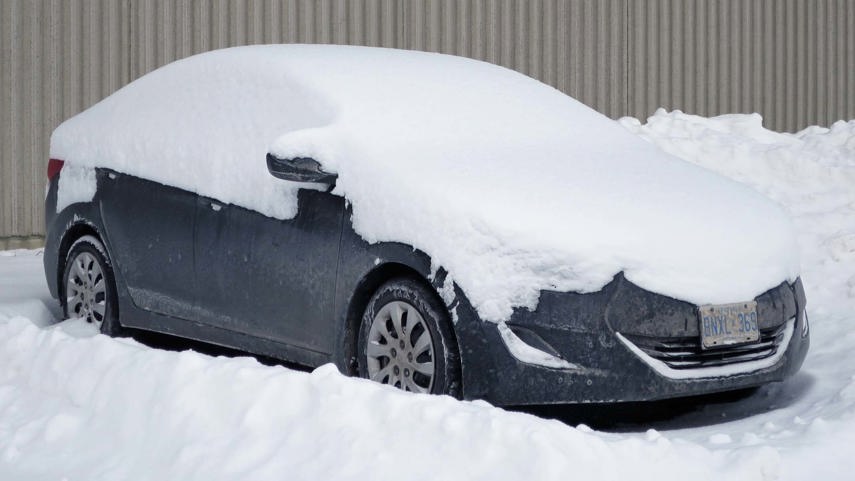
6. I need to warm up my vehicle before I drive it.
You do, but not for very long. If you let your vehicle idle until it’s toasty-warm inside, that’s far too long and potentially bad for your engine.
A modern engine only needs to idle for about a minute. (Use that time to clean the snow and ice off it.) Then drive moderately for the next five minutes or so, resisting any urge to stomp on the throttle.
Your engine “runs rich” when it’s cold, with more fuel injected into it. If it just sits idling, unburned fuel can get into the engine cylinders and wash away the lubricating oil, which can cause premature engine wear. The engine actually heats up faster during driving than it does when idling, so you’ll be getting warm air from the heater that much sooner, too.
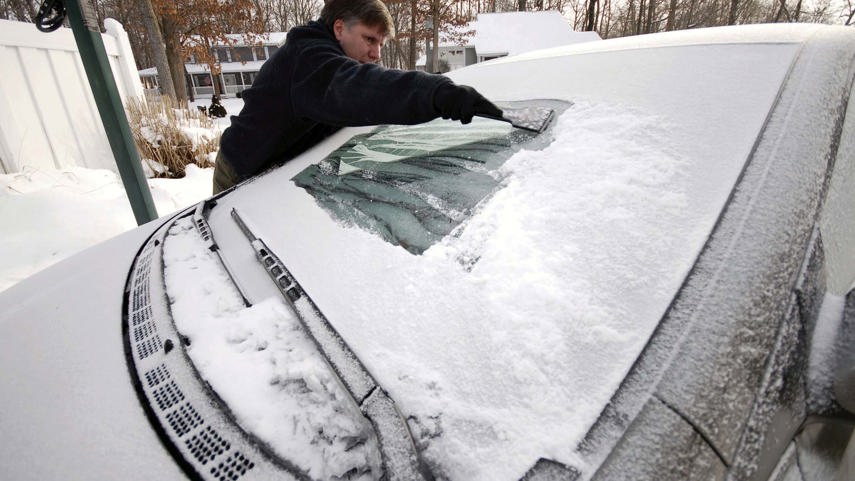
7. I can see where I’m going, so it’s all good.
Snow brushes are obviously very expensive, judging by how many people don’t use them. It’s not enough just to swipe your wipers, or clean a little spot off your side window. All glass should be cleared of snow and ice. Clean snow off the hood, roof, and trunk too: it can blow onto the windows you just cleaned, or affect drivers behind you. And be sure to clean off your lights. Many are LED and don’t get hot, so they don’t melt snow like halogen lights do.
Use your defroster when the windows fog up. If your side windows haze over, setting the defroster on “High” should clear them.
Turn on your lights. You may have daytime running lights, but very few vehicles also illuminate the rear lights with them (that’s coming as a federal mandate, but it’s not here yet). Your vehicle can be invisible to others if it’s raining or snowing, or at dusk.
You don’t want to blind other drivers, though: save your fog lights for heavy fog. And if you have a European car with a rear fog light, leave it off unless you’re in pea-soup fog. Otherwise, that extra-bright red rear light is an annoying distraction for drivers behind you.
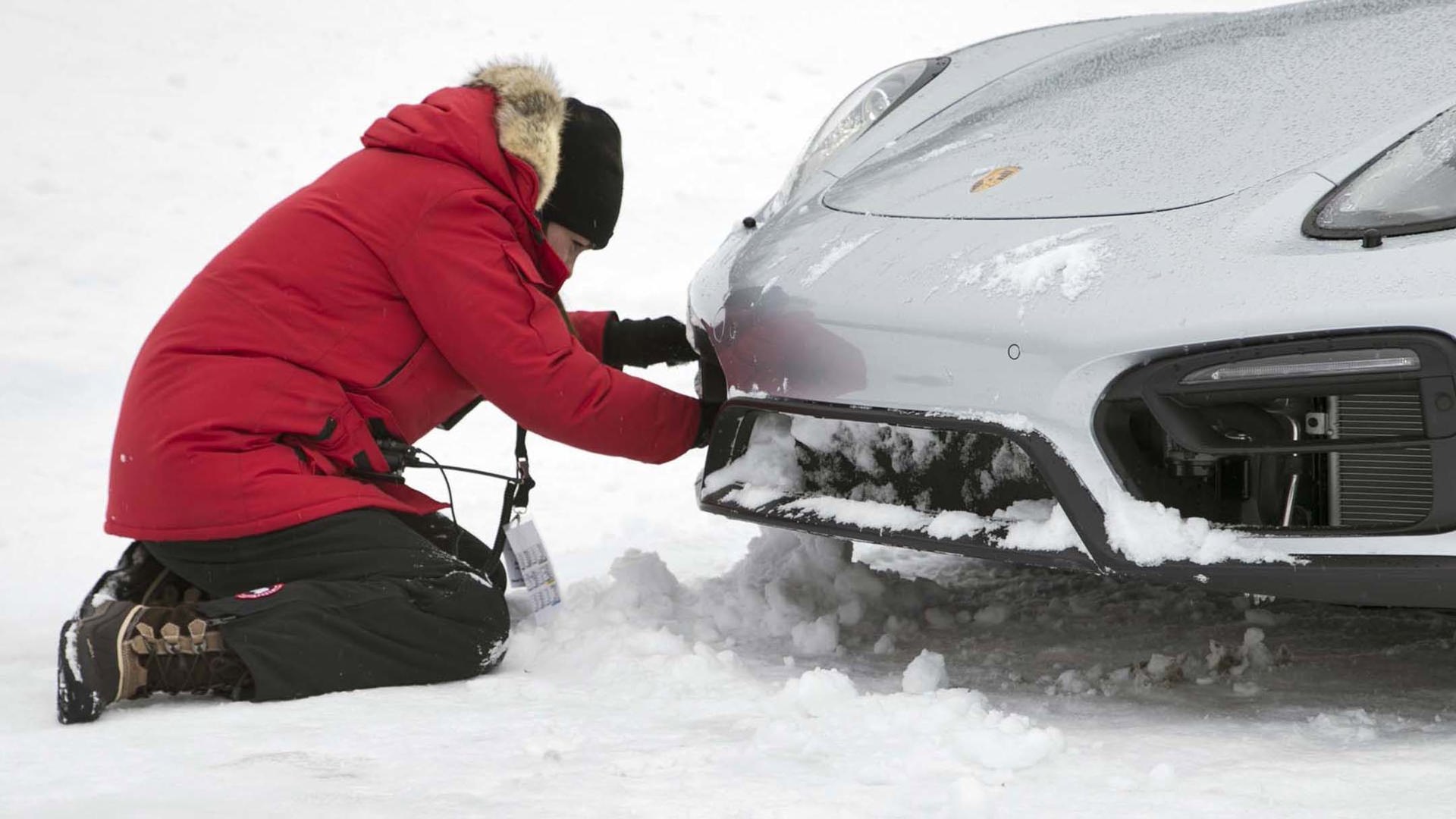
8. “Emergency kits” are just for rural drivers.
The reality is that you can get stuck anywhere, whether it’s in the middle of nowhere or half a kilometre from home. Tow trucks are worked to the max in bad storms and it could take hours for one to get to you, and you can’t depend on other motorists stopping to help you out.
Along with obvious items like a shovel and traction aids, carry a blanket, flashlight, non-perishable food such as energy bars, and a candle – which can make a surprising temperature difference in a cold vehicle – along with matches. For women who usually wear high heels, throw in a pair of flat-heeled boots.
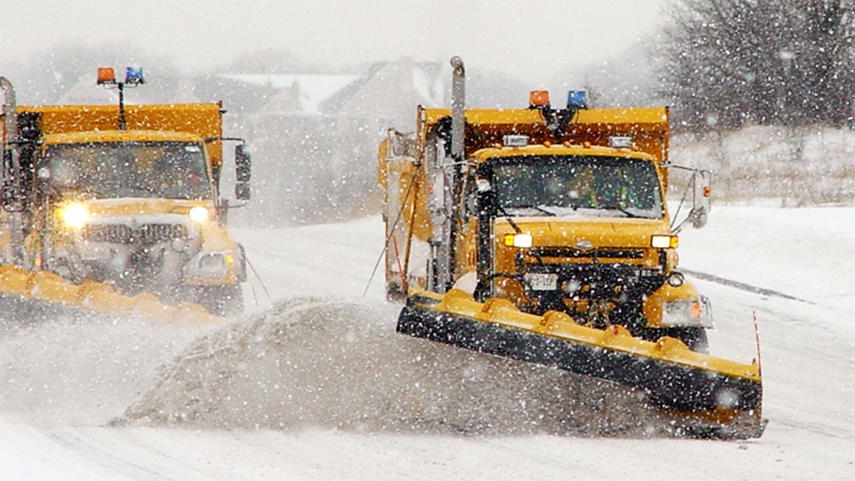
9. The roads are salted, so they’ll be fine.
If your area uses salt, you still need to be cautious. Salt doesn’t actually melt ice; it works its magic by lowering the freezing point of water, so it stays fluid at lower temperatures. Salt breaks the bond between the ice and the asphalt, making it easier for plows to clear the road.
Salt needs to be wet in order to work, and the crystals work best when they’re heated slightly from friction as car tires go over them, or when they’re in the sun. If it’s dark and you’re one of the first cars on the road after the salt truck goes by, the surface could still be very slippery.
Salt gradually loses its effectiveness as temperatures drop, and below about -18°C it doesn’t do anything, which is why places that get really cold use sand instead.
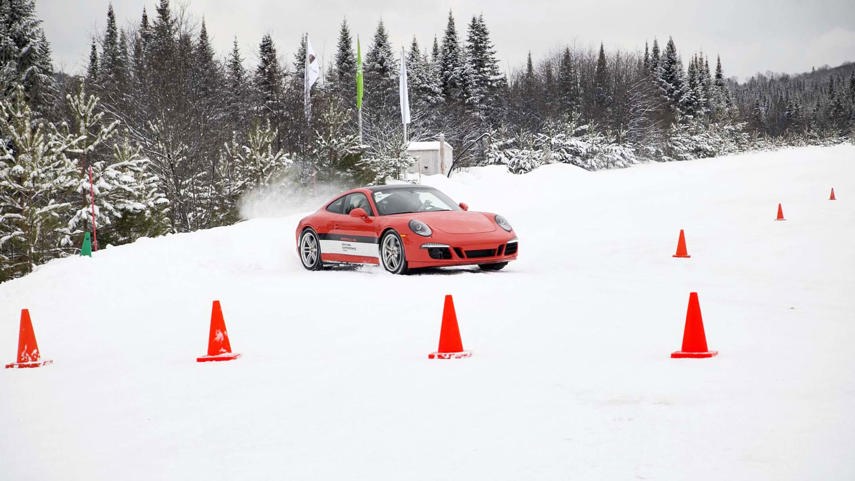
10. “Winter driving schools” just want me to spend money.
Yes, these schools would like to be profitable, but in return, you’re getting training that could help prevent crashes or even save your life. For some strange reason, too many people think that once they’ve passed the driving test, that’s all they need to know – and many of us take that initial training and test in good weather.
Nothing about winter driving is intuitive, and if you don’t know how to handle a skid, you’re a hazard to yourself and everyone else on the road. When you’re writing up your Christmas lists, lessons at an accredited school make fantastic gifts for anyone who has a driver’s licence. After you’ve spent tens of thousands of dollars on a car, it only makes sense to spend a few hundred more to keep it in one piece.

